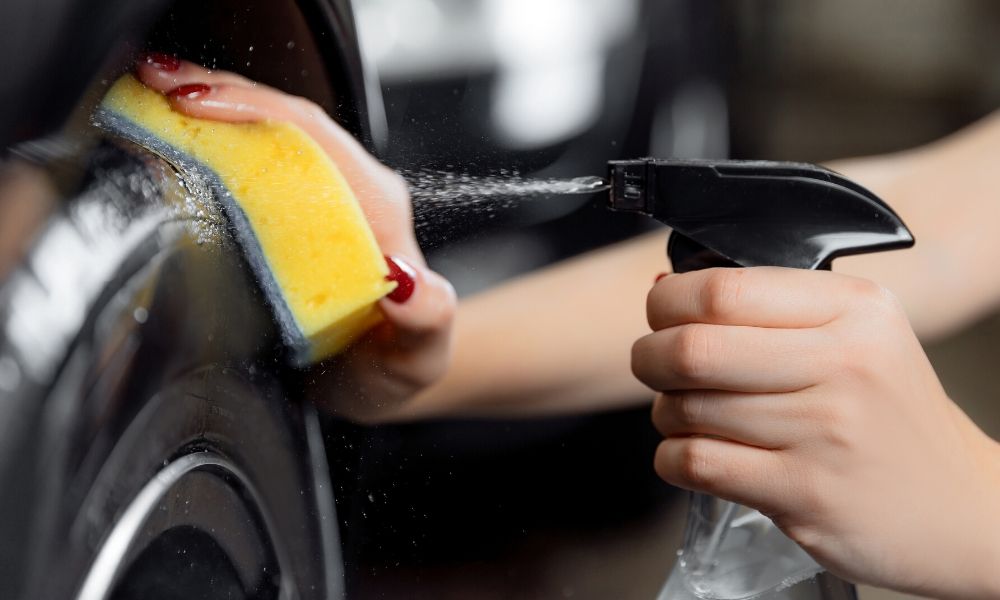If you’re in college, you may be lucky enough to have your own car, whether gifted from your parents or bought with hard-earned personal funds. Either way, you’re walking into car ownership green, without much experience with the weekly rhythms of maintaining one. If you are building your car knowledge from the ground up, here’s some basic car maintenance you should know.
Look After Your Tires
Your tires see a lot. They make contact with uncertain surfaces, grip the road in the rain, slip through mud and puddles, and experience a lot of heat. Their tough rubber material cannot stave off deterioration forever, which is why you need to check your tires’ condition regularly.
Every time you fill up on gas, check your tire pressure with a handheld pressure gauge. Though it’s one of several misconceptions about tires to assume tread depth is the only facet of a tire’s health that matters, you should assess your tread depth every month or so. When you hit or drive over something on the road, stop and check for punctures, sidewall cracks or dents, and other signs of damage. If you do have a leak, you may hear a slight hiss as air escapes.
Assess Your Oil Routinely
Also, keep up on your motor oil maintenance. Check it when you fill your gas tank—some vehicles consume more oil than others, meaning you’ll need to add in your own, usually one liter at a time. If your car consumes a significant amount of oil, you may be eligible for servicing under a warranty. On average, though, your oil does decrease in quality just like your tires, necessitating replacing about every 7,500 miles. Check your car’s owner’s manual for a more precise service recommendation.
Crack Open Your Hood
Another basic car maintenance tip you should heed is to open your hood once in a while and gradually get familiar with its internal parts. Though it may seem a nest of confusing hoses, belts, and metal, you can start small. Initially, just worry about surveying under your hood, determining if everything looks alright, and then looking at two things.
First, assess the outside of your battery (usually a box-shaped) for battery acid corrosion—if there’s buildup, you can either learn how to remove it yourself or reach out to others for help. This way, your battery can continue to drive your car’s initial ignition.
Then, find where the windshield washer fluid goes, demarcated by a windshield shape with a branching stream of water. Check the gauge, and add some fluid if it’s low, so you can keep your windshield clear.

